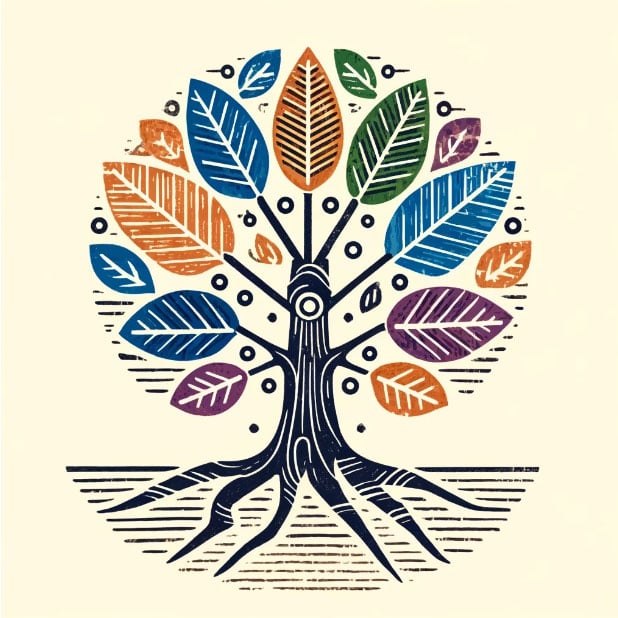Comprehensive Guide to Enterprise IT Service Automation
IT support automation uses software workflows, rule engines, AI/ML, and integrations to automate...
Understanding each team member’s unique strengths is crucial for building a cohesive and productive team. The CliftonStrengths exercise is a powerful tool that helps identify individual talents and...

Understanding each team member’s unique strengths is crucial for building a cohesive and productive team. The CliftonStrengths exercise is a powerful tool that helps identify individual talents and fosters a deeper understanding of how these strengths can be harnessed for team success.
In this blog post, I’ll share my experience implementing a CliftonStrengths exercise within our team and its benefits to our organization.
The CliftonStrengths exercise, developed by Gallup, is an assessment that helps individuals discover their top strengths. These strengths are categorized into four main domains:
By identifying these strengths, team members can better understand their unique contributions and how they can collaborate more effectively with others.
As the Head of Client Services, I oversee a diverse team comprising Customer Success, Training, Support, Delivery, and Platform Specialists. I asked each team member to complete the CliftonStrengths assessment on their own time to understand and leverage their unique strengths. Once they finished, they shared their Top 5 Strengths PDFs with me. I then tracked these strengths in their employee profiles and created a comprehensive strengths map for our team.
One of the most enlightening parts of the process was mapping each person’s skills across a grid and ranking them from 1 to 5, placing them in the square corresponding to their strength. This detailed mapping allowed me to visualize and analyze our team’s strengths distribution. By doing this, I noticed several patterns:
 One of the most noticeable patterns was that most of our team had strong relationship-building strengths. This made perfect sense for a Client Services team and explained why we consistently receive high marks for customer service. Over half of the team shared three specific strengths: Developer, Empathy, and Positivity.
One of the most noticeable patterns was that most of our team had strong relationship-building strengths. This made perfect sense for a Client Services team and explained why we consistently receive high marks for customer service. Over half of the team shared three specific strengths: Developer, Empathy, and Positivity.
The strengths mapping exercise revealed several other insightful patterns and realizations. By visualizing each team member’s strengths, we gained a deeper understanding of our collective capabilities and areas for improvement.
However, our team exhibited a notable weakness in Influencing skills, with only a few members displaying strengths in Activator and Woo. This highlights an area for growth, as developing these skills can enhance our ability to engage and motivate others effectively.
To maintain momentum, we’ve incorporated ongoing exercises in our team meetings to explore our strengths. This continuous exploration helps us better understand ourselves and our peers. We have planned future sessions to review our strengths as a team and collaborate in person to learn more. Sharing these insights enables each team member to consider these strengths and working styles during collaboration.
We would also like to extend the CliftonStrengths assessment to other departments, including Engineering, Sales, and Marketing. By comparing results and sharing insights across different teams, we can leverage our collective strengths to improve collaboration and productivity, fostering a more unified organization.
Implementing a CliftonStrengths exercise within our team has been a powerful way to enhance collaboration, productivity, and overall team satisfaction. By understanding and leveraging the unique strengths of each team member, we’ve created a more cohesive and effective team that is better equipped to achieve its goals. This journey towards a strengths-based team has been insightful for our organization, and I encourage others to explore this path for their teams.
Five Practical Tips for Managers
|

IT support automation uses software workflows, rule engines, AI/ML, and integrations to automate...

Business process reimagined is the strategic renewal of how work gets done by combining modern digital...

You've probably noticed (what we're calling) the "logo-swap test" lately: all the AI ads in market sound...